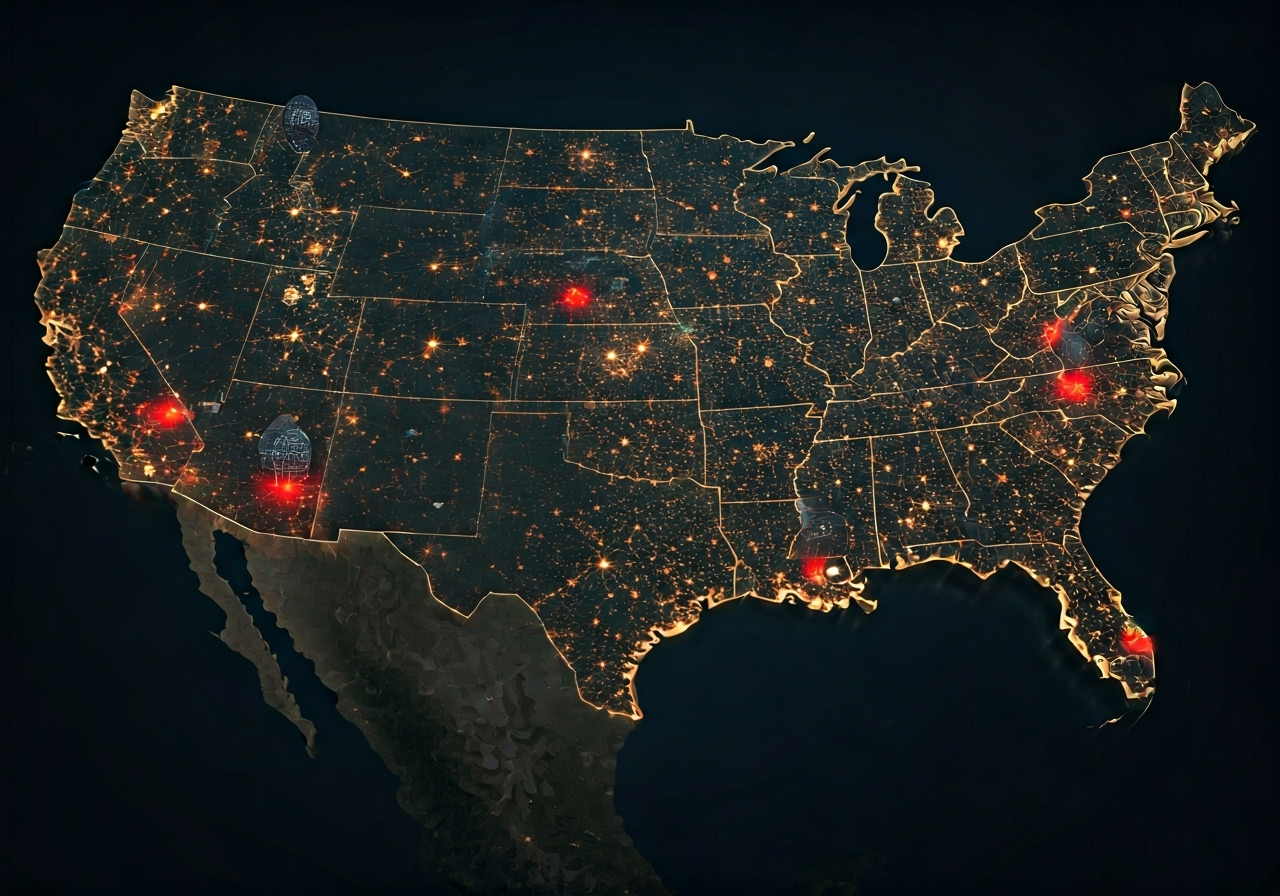Critical flaws and security flaws in Citrix NetScaler devices have put thousands of unpatched servers in the US at risk. These problems, called Citrix Bleed 2, let unauthenticated attackers take over user sessions. This can give them access to sensitive data without permission. The vulnerabilities, shown as CVE-2025-5777 and CVE-2025-6543, are being used by cybercriminals now, which has worried many people in the cybersecurity field. If your Citrix servers or NetScaler devices have not been updated, they could be hit. The risk of exploitation is high, and you may lose control of your data. In this article, we will look at how big this issue is and what steps you can take for your servers.
What are the risks associated with using unpatched Citrix servers?
Using unpatched Citrix servers exposes organizations to significant security risks, including vulnerabilities that can be exploited by cybercriminals. These risks may lead to data breaches, unauthorized access, and potential disruption of services. Regular updates are crucial to safeguard sensitive information and maintain overall system integrity against emerging threats.
Current State of Unpatched Citrix Servers in the United States
Right now, the cybersecurity world is facing some big problems. Many Citrix ADC NetScaler ADC and NetScaler Gateway servers in the United States still have serious risks. There are over 1,200 servers out there on the internet that people can get into because of the exploitation of CVE-2025-5777. With active exploitation going on, these servers have become an easy target for threat actors.
Groups like Shadowserver Foundation keep finding problems in these servers. The risks are connected to theft of session tokens and stopping the servers from working by denial-of-service attacks. If these hosts have not had their Citrix Bleed vulnerabilities fixed, there is a clear way in for people looking to cause harm. Active exploitation of these weaknesses means theft and other big issues for everyone using Citrix NetScaler ADC and NetScaler Gateway.
How Widespread Is the Problem?
A big problem is happening with thousands of Citrix NetScaler appliances that are open to the internet. Many of these devices have not been updated, and this issue is only getting worse. ReliaQuest has found signs of active exploitation, including indicators of unauthorized access. They have seen strange user sessions, session token theft where the same token is used by different IP addresses, and smart LDAP queries that look for information in Active Directory.
Here is what you need to know about this vulnerability with Citrix NetScaler appliances:
| Aspect | Details |
|---|---|
| Number of Unpatched Servers | 2,100+ Citrix NetScaler appliances |
| Primary Vulnerabilities | CVE-2025-5777 (authentication bypass), CVE-2025-6543 (DoS attacks) |
| Exploitation Evidence | Suspicious sessions, token theft, MFA bypass attempts |
| Industries Most Affected | Finance, healthcare, and government sectors |
With security updates coming too slowly and with bad actors already taking advantage of these vulnerabilities, the risks are growing fast. There is a real chance that organisations’ networks might be compromised. If this is not fixed soon, the damage can be serious—networks may be breached, and data could be stolen. For anyone using Citrix NetScaler appliances, now is the time to act.
Why Are So Many Servers Still Unpatched?
The large number of unpatched Citrix servers shows that there are many problems when it comes to handling vulnerabilities. Many administrators do not apply the latest patches right away because they are worried that their important services may go down. There are also a lot of organisations that do not have strong ways to detect active exploitation or the tools to act fast when a threat appears.
Another big problem is not understanding vulnerabilities well enough. The flaws in Citrix that come from bad input checks make it possible for someone to get around authentication. Attackers can then steal session tokens. Even though these risks are clear, mitigation is still not fast or strong in most places.
To fix the issue, organizations must quickly address vulnerabilities and apply updates in the correct order. Effective patching starts with inspecting remote access servers immediately, deploying the latest patches, and monitoring for signs of exploitation. Delaying patches leaves CVE-affected hosts wide open to cybercriminals, who can exploit them for initial access and escalate attacks using stolen tokens.
Conclusion
To sum up, there are now a lot of Citrix servers in the United States that have not been updated. This puts many organizations at risk. These vulnerabilities can lead to data breaches and stop work from getting done. That is why it is so important for IT teams to watch for problems and act fast. By checking for updates and putting in patches often, you can help keep your system safe. Do not wait for a problem to come up. Make sure to look after your server security as soon as you can. If you need help or have any questions, you can talk to our experts. They will show you how to patch your system and keep your servers secure.
Frequently Asked Questions
What risks do unpatched Citrix servers pose to organizations?
Unpatched Citrix servers put organisations at big risk. Threat actors can get into these without the right authentication. They might take over sessions. This lets them steal sensitive data or put ransomware on the network. The result can be lost time, harm to information, and broken operations for people who use these servers unpatched. Keeping servers updated is one good way to keep your information safe from threat actors.
How can I check if my Citrix server is vulnerable?
To check if there is a weakness, you need to look at your server’s CVE information. Make sure that all the needed security updates are in place. You can use AWS tools to look at how authentication works or to check your host logs. These tools can help you spot anything that does not look right, so you will know if your server needs more security updates.
Which Citrix products are most affected by recent vulnerabilities?
The Citrix NetScaler ADC and NetScaler Gateway appliances have some big problems with flaws like CVE-2025-5777. These problems in the Citrix NetScaler appliances can let hackers steal session tokens or get around authentication on virtual servers or user gateways. There is a risk that people might use these vulnerabilities to get into the NetScaler ADC or NetScaler Gateway without the right credentials or permission. It’s important to know about this theft issue and take care of any flaws in their appliances to keep systems safe.
Has Citrix released official patches for these flaws?
Yes, Citrix has released new patches to fix vulnerabilities like CVE-2025-5777. If you are an administrator, you should put these updates in place right away. It is also a good idea to end any sessions that are still open. This will help protect hosts from problems and keep them safe from exploits.
What immediate actions should IT teams take if they discover unpatched servers?
IT teams need to move fast. They should install security patches at once. Be sure to take back session tokens, turn on multi-factor authentication (MFA), and put in place important key techniques for mitigation steps. Make sure the team uses good tools to keep an eye on activity and catch anything strange in session tokens or authentication. All the affected systems need to be made as secure as possible.

Zak McGraw, Digital Marketing Manager at Vision Computer Solutions in the Detroit Metro Area, shares tips on MSP services, cybersecurity, and business tech.

